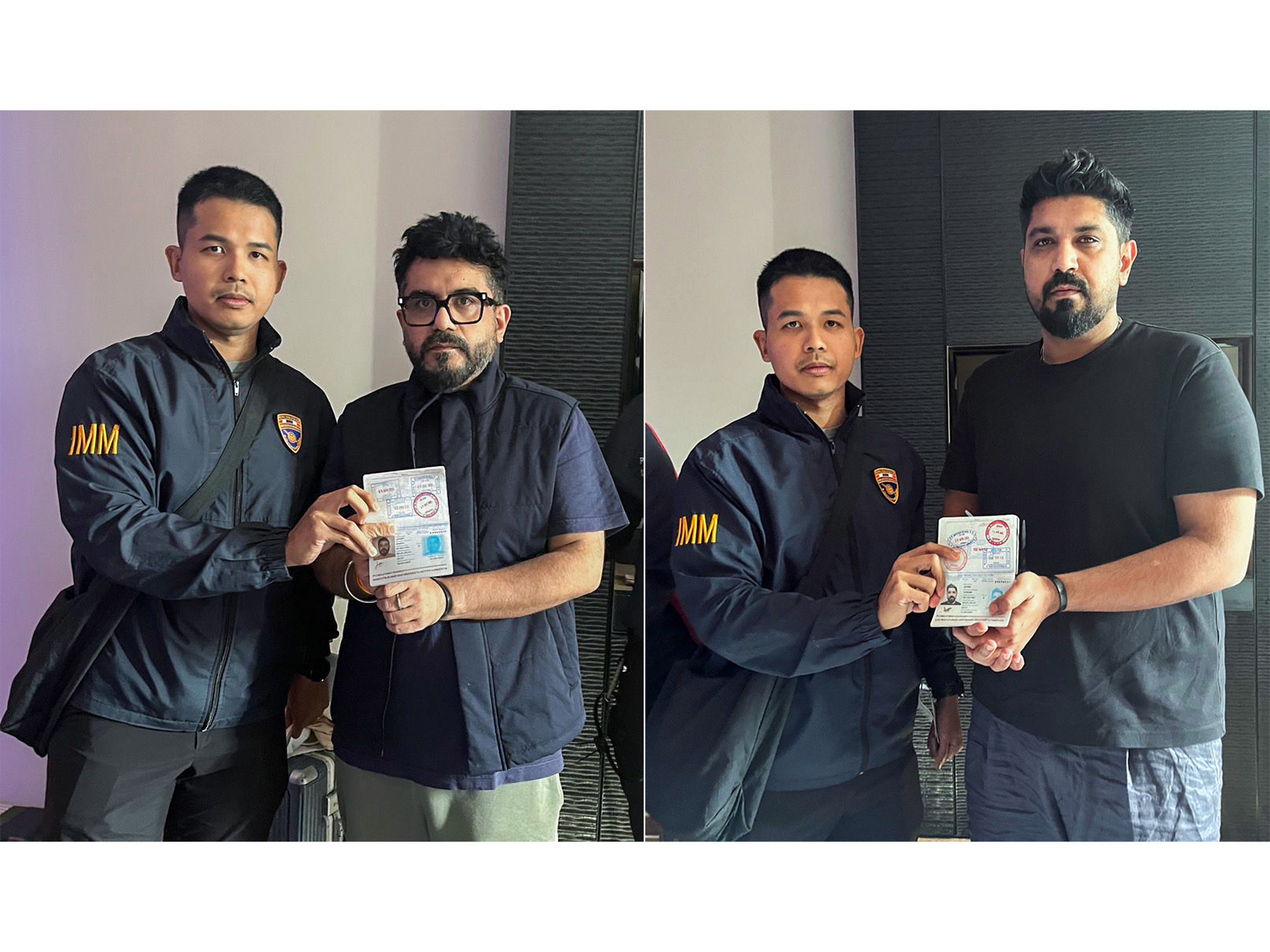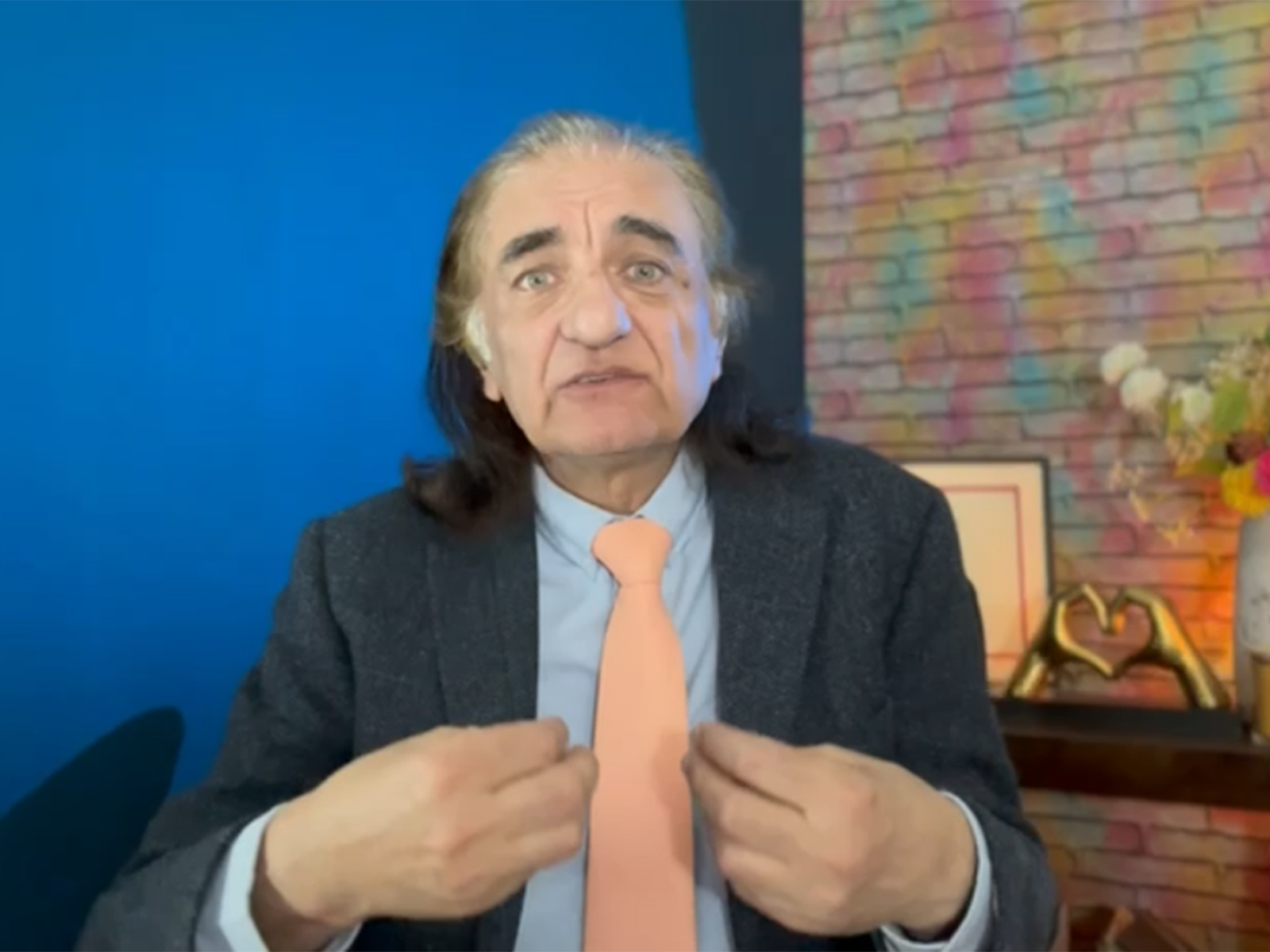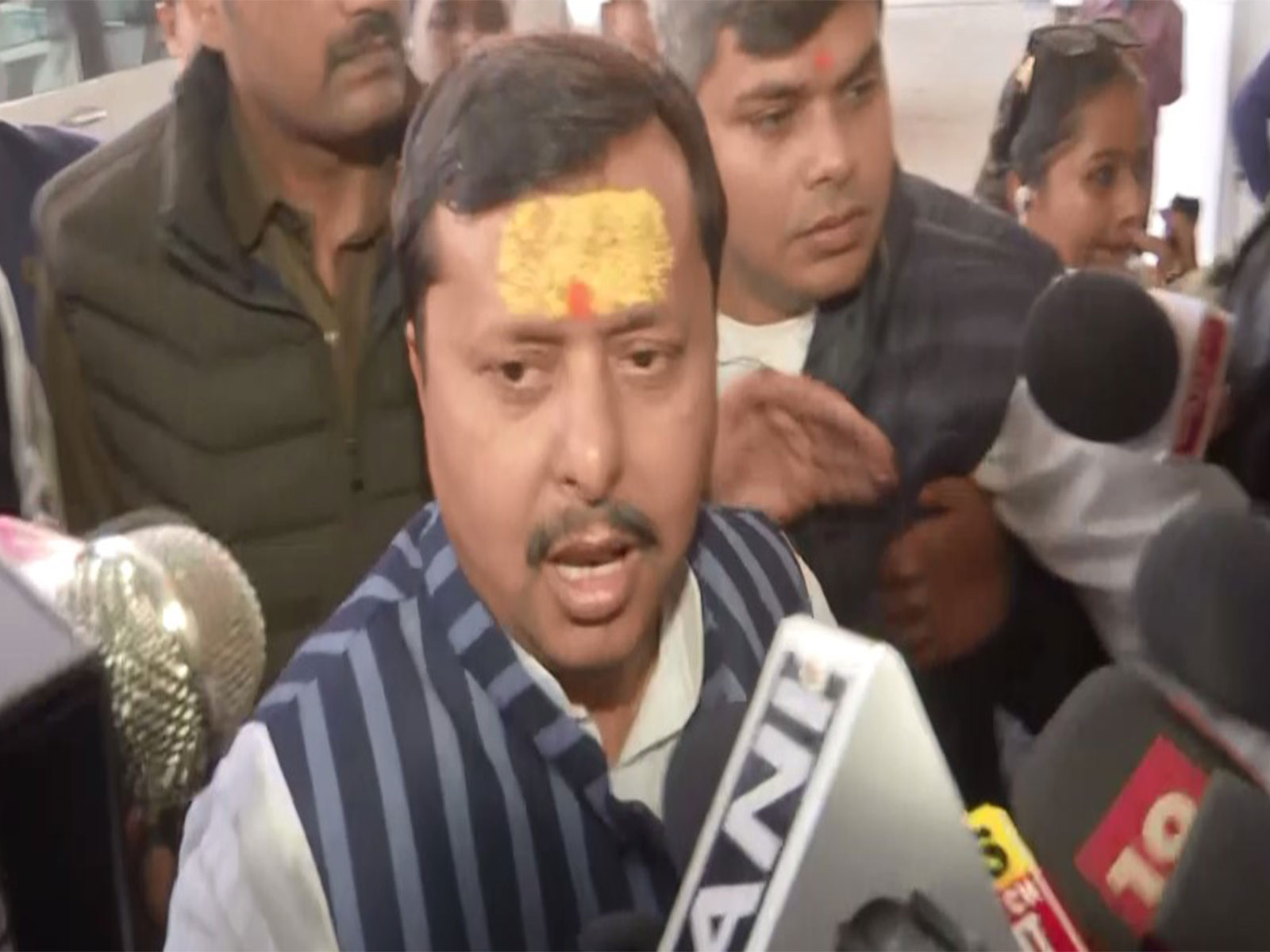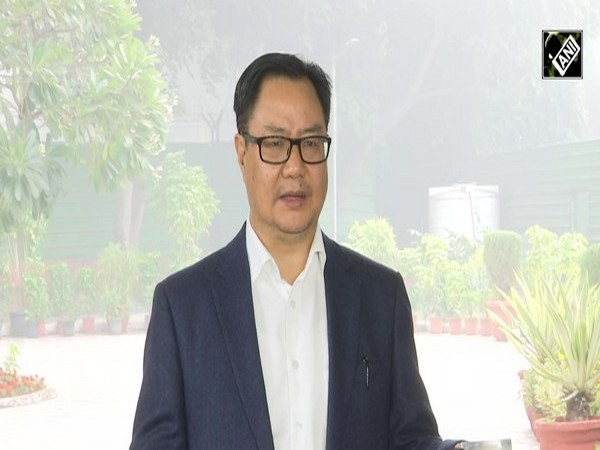New hope for paralyzed patients as Israeli researchers achieve thought-driven speech
Jul 17, 2024

Tel Aviv [Israel], July 17 (ANI/TPS): An Israeli breakthrough to enable speech through the power of thought offers new hope for those paralyzed by conditions such as ALS, strokes, or brain injuries, to express themselves.
Researchers from Tel Aviv University and the Tel Aviv Sourasky Medical Center-Ichilov Hospital allowed a silent participant to "speak" by simply imagining the vocalization of syllables. This was done by implanting sensors deep in the patient's brain, then using machine learning to "teach" the sensors how to interpret specific brain signals to indicate what the patient wished to express. A computer then displayed the desired word.
The neuroprosthesis study, spearheaded by Dr Ariel Tankus of Tel Aviv University and Tel Aviv Sourasky Medical Center-Ichilov Hospital, and Dr Ido Strauss, also of Ichilov, was recently published in the peer-reviewed Neurosurgery journal. A neuroprosthesis is a device that connects the nervous system to a prosthetic or an external device to restore lost sensory, motor, or cognitive functions.
"This study is a significant step toward developing a brain-computer interface that can replace the brain's control pathways for speech production, allowing completely paralyzed individuals to communicate voluntarily with their surroundings once again," said Tankus.
The patient in the study was a 37-year-old male epileptic who was due to undergo a resection of the epileptic focus in his brain -- a surgical procedure aimed at removing the area of the brain responsible for causing seizures. The procedure carries a risk of speech loss or language impairment if it involves areas of the brain responsible for language and speech functions.
"In these cases, identifying the focal point, which sends powerful electrical waves through the brain, is crucial. This pertains to a subset of epilepsy patients unresponsive to medication, necessitating neurosurgical intervention," Tankus explained. "For some, the focus is located deep within the brain, requiring the implantation of electrodes into these deep structures. During hospitalization, these electrodes record brain activity during seizures, pinpointing the exact location for precise surgical intervention. The patient at Ichilov graciously agreed to participate in our experiment, which could ultimately help paralyzed individuals express themselves through artificial speech."
The experiment involved two stages. Initially, with depth electrodes implanted in the patient's brain, researchers asked him to articulate two syllables: /a/ and /e/. The resulting brain activity was recorded and used to train artificial intelligence models through deep learning and machine learning. These models identified specific brain cells whose electrical activity signaled the intent to say /a/ or /e/.
Once the computer system learned to recognize the brain activity patterns associated with these syllables, the patient was then asked to merely imagine saying /a/ and /e/. The computer successfully translated the electrical signals into the corresponding pre-recorded sounds of the syllables.
"My research focuses on the encoding and decoding of speech, specifically how individual brain cells participate in speech production, hearing, and the imagination of speech, or 'speaking silently,'" said Tankus. "This experiment marks the first time we connected parts of speech to the activity of individual cells in the brain. We were able to distinguish the electrical signals that represent the sounds /a/ and /e/. Although our current research is limited to two syllables, this progress allows a fully paralyzed person to signal 'yes' and 'no.'"
Elaborating on the implications, Tankus said, "In the future, it will be possible to train a computer for an ALS patient in the early stages of the disease while they can still speak. The computer would learn to recognize the electrical signals in the patient's brain, enabling it to interpret these signals even after the patient loses the ability to move their muscles." (ANI/TPS)



















